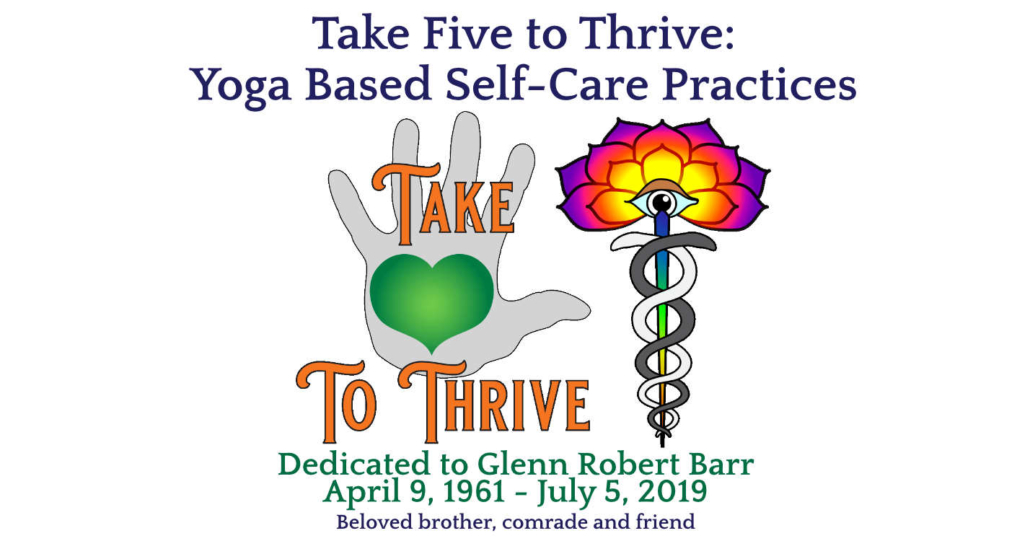Cultivating Compassion: The E in G.R.A.C.E.
The acronym of G.R.A.C.E. described by Roshi Joan Halifax provides us with a map for generating compassion: gather attention, recall intention, attune to self and other, consider what will serve, engage and end.To know when to engage and end, it is helpful to check in with your ANS (Autonomic Nervous System). Your ANS regulates whether you get to respond to your present experience with a mode of fight or flight or tend and befriend. Is your ANS hyper-activated after taking in the nightly news? Adopting an ATTITUDE that reflects an intention to pay kind attention to yourself, to commit to the mantra BE HERE NOW and, once present to yourself to CONNECT to how you are feeling in the moment, will teach you the skills to answer the ANS status question What is presenting in society of late is a reflection of a many over activated autonomic nervous systems; a state not optimal for sound decision making or for healthy immune function. Not a helpful state for meeting the challenges posed by this pandemic!
To know how to engage in and end compassionate action involves exposure to practices that promote equanimity to arrive at a course of skillful action and practices that promote thriving so we have the vigor to sustain our engagement. Eastern traditions encourage contemplation of our challenges using a both and perspective that explores the interdependence of opposite qualities to arrive at insights that may generate solutions. For example, we are alive now and death may come without warning. Humans can both thrive and suffer. To thrive is to flourish, grow, radiate, succeed, arrive, shine, blossom and prosper. Suffering and thriving are opposites. When we fail to thrive, we suffer. To not thrive is to, shrink, shrivel, recede, languish or cease all. Which brings us back the Yoga tradition, one offered to humanity to overcome suffering- to thrive.
Recall compassion for self is the seed for compassion for others. To that end, consider working with these brief self care practices. Engage, then end in 5 minutes. Having cross trained and practiced for more than a decade as a yoga therapist, these practices reflect the integration of yoga into self-care. Why involve yoga? It is a time-tested practice that offers an embodied technology to directly address human suffering. Our body is generally a convenient tool 😊 Research is showing many of the practices used in yoga are in fact evidence-based in the regulating effect they have upon our ANS. The number 5 carries symbolic significance in yogic view: we are made of 5 elements and human beings are considered to have five treasures (a physical body, energies operating the body, mind and emotions, a conscious witness to body, mind and environment experiences and an animate spirit). It is also a convenient reminder as we all have 5 fingers and that worked with this graphic 😊. Visit this link to 52 different self-care practices to nourish your human treasures. 


